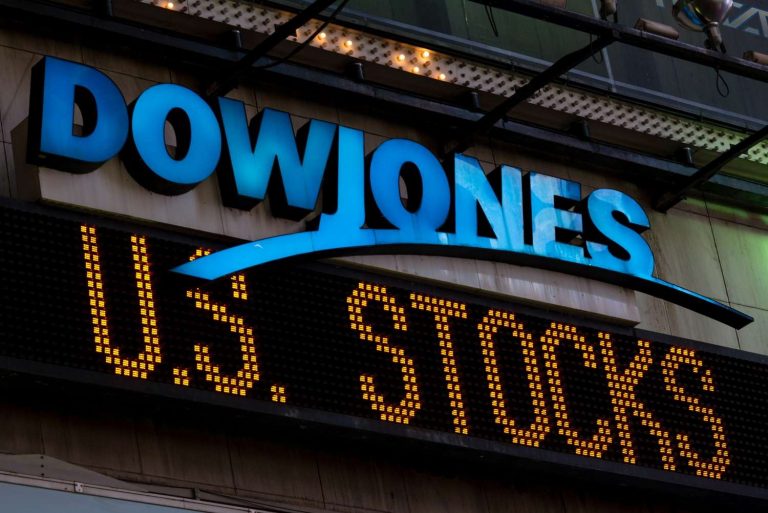
In May 2025, the Conference Board Consumer Confidence Index surged to 98.0, up 12.3 points from April’s 85.7, surpassing the Dow Jones consensus estimate of 87.1. This marked a significant rebound after five consecutive months of decline, driven partly by optimism following a May 12 U.S.-China trade deal that paused some tariffs.
The Present Situation Index rose 4.8 points to 135.9, reflecting improved views on current business and labor market conditions. The Expectations Index jumped 17.4 points to 72.8, though it remained below the 80 threshold, which often signals recession concerns. Consumers expressed less pessimism about future business conditions, labor markets, and income prospects, with 44% expecting stock price increases over the next year, up from 37.6% in April.
Inflation expectations eased to 6.5% from 7%, and purchasing plans for homes, cars, and big-ticket items like appliances saw notable gains, particularly post-trade deal. However, tariff concerns persisted, with some consumers still worried about price increases despite hopes for economic support from trade agreements. The surge in U.S. consumer confidence to 98.0 in May 2025, as reported by the Conference Board, carries significant economic implications.
Register for Tekedia Mini-MBA edition 19 (Feb 9 – May 2, 2026): big discounts for early bird.
Tekedia AI in Business Masterclass opens registrations.
Join Tekedia Capital Syndicate and co-invest in great global startups.
Register for Tekedia AI Lab: From Technical Design to Deployment (next edition begins Jan 24 2026).
The sharp rise in consumer confidence, particularly the 17.4-point jump in the Expectations Index to 72.8, signals growing optimism about future economic conditions. This could translate into increased consumer spending, which accounts for roughly 70% of U.S. GDP, potentially boosting retail, housing, and durable goods sectors. The uptick in purchasing plans for homes, cars, and appliances further supports this trend.
The Present Situation Index’s increase to 135.9 reflects positive views on current business and job conditions. With fewer consumers reporting jobs as “hard to get” (likely down from April’s 13.8% based on trend), this suggests sustained labor market resilience, which could support wage growth and further spending. Lower inflation expectations (6.5% from 7%) align with easing price pressures, potentially reducing the Federal Reserve’s urgency to tighten monetary policy. However, persistent tariff concerns could keep inflationary risks alive, especially if trade tensions resurface.
The Fed may monitor this closely to balance growth and inflation. With 44% of consumers expecting stock price increases over the next year, up from 37.6%, investor confidence could drive market gains. This optimism, partly tied to the U.S.-China trade deal, may encourage investment in equities and risk assets, supporting financial markets. The May 12 trade deal’s role in boosting confidence underscores the sensitivity of consumer sentiment to trade policy.
While the deal paused some tariffs, lingering concerns about price hikes suggest consumers remain cautious about long-term trade stability. Despite the overall index hitting 98.0, the Expectations Index at 72.8 remains below the 80 threshold, historically associated with recession risks. This indicates a divide between consumers optimistic about near-term gains and those wary of future economic challenges, possibly due to global uncertainties or domestic policy shifts. The data suggests varying confidence levels across income groups.
Higher-income consumers, benefiting from stock market gains and stable employment, likely drive much of the optimism, while lower-income households may remain cautious due to tariff-driven price concerns or uneven wage growth. Age and regional differences also play a role, with urban and younger consumers often more optimistic than rural or older ones. The Present Situation Index (135.9) far outpaces the Expectations Index (72.8), highlighting a divide between current economic strength and future uncertainty.
Consumers feel good about today’s conditions but are less certain about sustained growth, possibly due to geopolitical risks or potential policy changes post-2024 election. The trade deal spurred confidence, but lingering fears of price increases from tariffs reveal a split. Some consumers see the deal as a boon for economic stability, while others worry about cost-of-living impacts, particularly for imported goods.
The consumer confidence surge signals robust near-term economic potential, but the divide between present optimism and future caution, alongside income and policy-related disparities, suggests uneven sentiment that could influence economic outcomes depending on trade, inflation, and policy developments.



